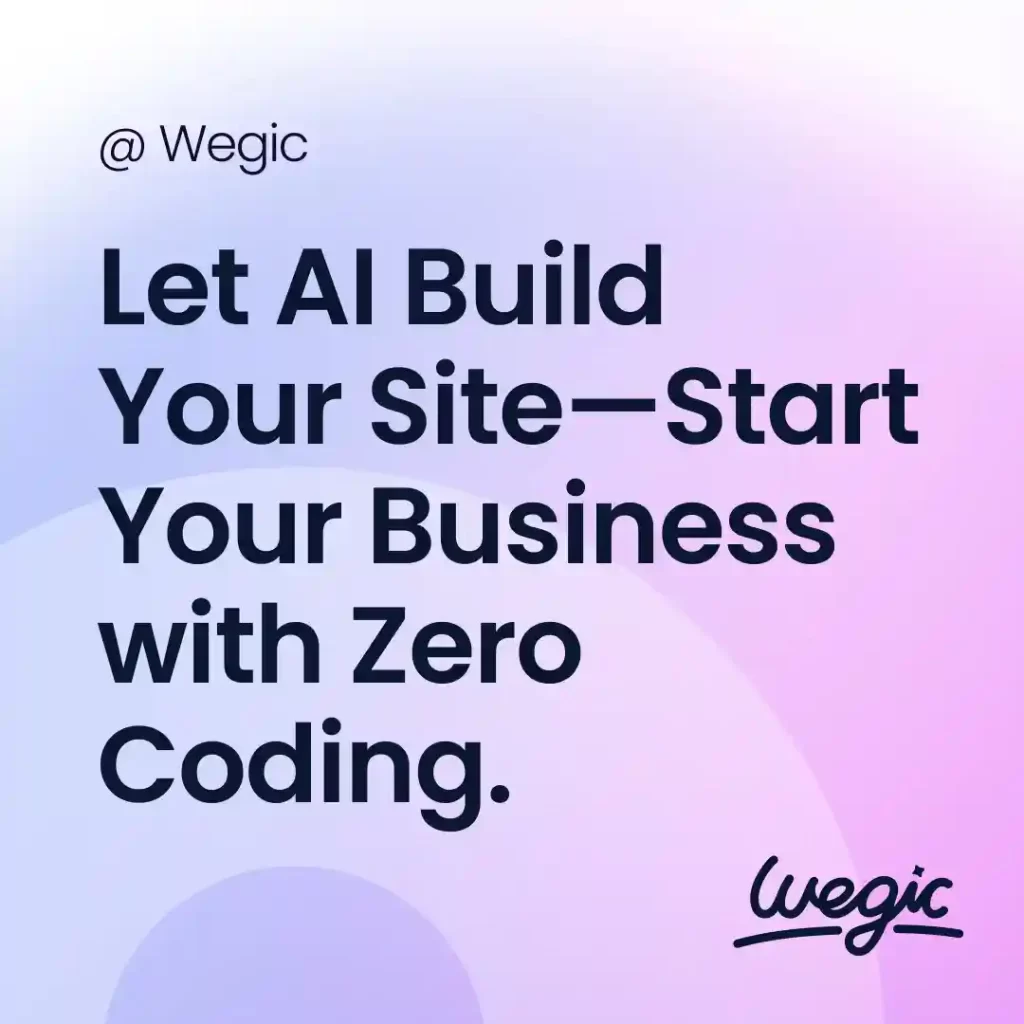Adobe Xd Adobe Fireworks Overview
In today’s digital age, having a website is essential for individuals and businesses alike. However, the cost of building a website can be a major concern for many people. Fortunately, there are plenty of affordable website builders available that offer a wide range of features at budget-friendly prices.
Adobe XD and Adobe Fireworks are both popular design software tools used by professionals in the creative industry. While they both serve similar purposes, there are some key differences between the two that set them apart. In this article, we will explore the features of Adobe XD and Adobe Fireworks, and discuss how they can be used to enhance your design workflow.
Adobe XD, short for Experience Design, is a powerful design tool that is used for creating user interfaces and interactive prototypes. It is part of the Adobe Creative Cloud suite of applications and is designed to streamline the design and prototyping process for web and mobile apps. Adobe XD offers a wide range of features that make it a versatile tool for designers, including tools for creating wireframes, mockups, and interactive prototypes.
One of the key features of Adobe XD is its responsive design capabilities, which allow designers to create layouts that adapt to different screen sizes and resolutions. This makes it easier to design for multiple devices and screen sizes, ensuring that the user experience remains consistent across different platforms. Adobe XD also includes built-in grids and guides to help designers align elements on the canvas, as well as a range of tools for creating animations and transitions to bring your designs to life.
In contrast, Adobe Fireworks is a vector-based design tool that is used for creating graphics for web and mobile applications. It offers a range of features for creating vector shapes, text, and images, as well as tools for editing and manipulating designs. Adobe Fireworks also includes a range of tools for creating web assets, such as buttons, icons, and banners, making it a versatile tool for web designers.
One of the key features of Adobe Fireworks is its integration with other Adobe products, such as Photoshop and Illustrator. This allows designers to easily import and export assets between different applications, making it easier to work across multiple design projects. Adobe Fireworks also includes a range of vector editing tools that make it easy to create complex shapes and designs, as well as a range of automation tools for speeding up your workflow.
While both Adobe XD and Adobe Fireworks are powerful design tools, they have some key differences that set them apart. Adobe XD is focused on creating interactive prototypes for web and mobile apps, while Adobe Fireworks is more geared towards creating static graphics for web design. Adobe XD offers a wide range of features for creating interactive prototypes, including tools for creating animations and transitions, while Adobe Fireworks is more focused on creating vector shapes and images.
In conclusion, Adobe XD and Adobe Fireworks are both powerful design tools that can be used to enhance your design workflow. Whether you are creating interactive prototypes for web and mobile apps with Adobe XD, or designing graphics for web applications with Adobe Fireworks, both tools offer a range of features that can help you bring your design ideas to life. By incorporating these tools into your design workflow, you can streamline your design process and create stunning designs that engage and inspire your audience.
In today’s digital age, having a visually appealing and user-friendly website is crucial for the success of any business. A well-designed website can help attract new customers, build credibility, and increase conversion rates. However, designing a website is not as simple as it may seem. It requires a strategic and systematic approach to ensure that the final product meets the needs and expectations of both the business and its target audience. In this article, we will discuss the website design process in detail, outlining the key steps involved in creating a successful website.
Step 1: Define the Purpose and Goals
The first step in the website design process is to clearly define the purpose and goals of the website. This involves identifying the target audience, understanding their needs and preferences, and determining the desired outcomes for the website. For example, is the website meant to generate leads, drive sales, provide information, or showcase products and services? By having a clear understanding of the purpose and goals of the website, you can better tailor the design and content to meet these objectives.
Step 2: Conduct Research
Once the purpose and goals of the website have been defined, the next step is to conduct research. This involves analyzing the competition, researching industry trends, and gathering insights into the preferences and behaviors of the target audience. By conducting thorough research, you can gain a better understanding of what works and what doesn’t in your industry, helping you make informed design decisions.
Step 3: Create a Wireframe
After conducting research, the next step in the website design process is to create a wireframe. A wireframe is a visual representation of the layout and structure of the website, showing the placement of various elements such as navigation menus, headers, footers, and content sections. Creating a wireframe allows you to plan the overall design and functionality of the website before moving on to the visual design phase.
Step 4: Design the Visual Elements
Once the wireframe has been finalized, the next step is to design the visual elements of the website. This involves creating a visually appealing and consistent design that reflects the brand identity and resonates with the target audience. Elements such as color scheme, typography, imagery, and layout are carefully considered to create a cohesive and attractive design that conveys the desired message and engages users.
Step 5: Develop the Website
After the visual design has been approved, the next step is to develop the website. This involves coding the design into a functioning website using HTML, CSS, and other programming languages. During the development phase, the website is tested for functionality, responsiveness, and compatibility across different devices and browsers to ensure a seamless user experience.
Step 6: Test and Optimize
Once the website has been developed, it is essential to test and optimize its performance. This involves conducting usability tests to identify any usability issues, testing load times to ensure fast page speeds, and optimizing the website for search engines to improve visibility and accessibility. By testing and optimizing the website, you can ensure that it meets the needs and expectations of users, leading to better engagement and conversions.
Step 7: Launch and Monitor
The final step in the website design process is to launch the website and monitor its performance. This involves deploying the website to a live server, promoting it to the target audience, and tracking key metrics such as traffic, engagement, and conversions. By monitoring the performance of the website, you can identify areas for improvement and make informed decisions to optimize its effectiveness over time.


